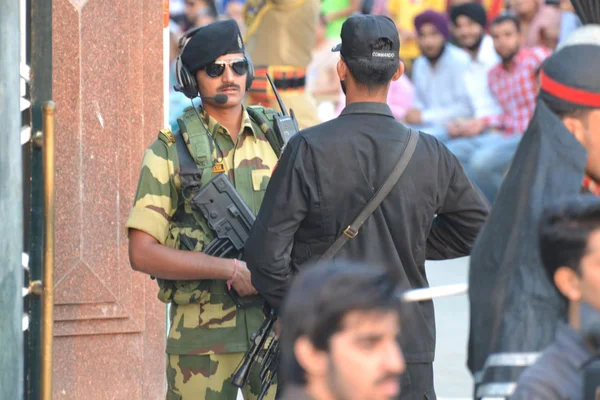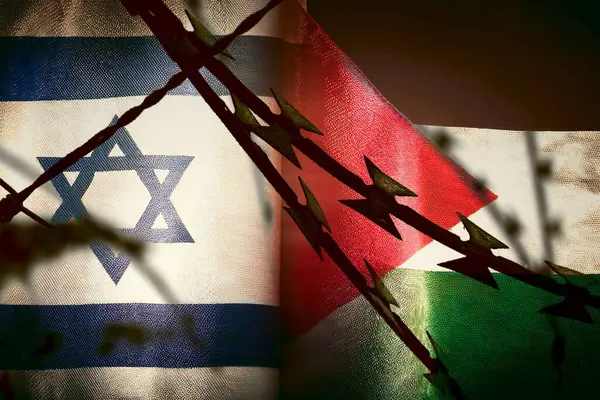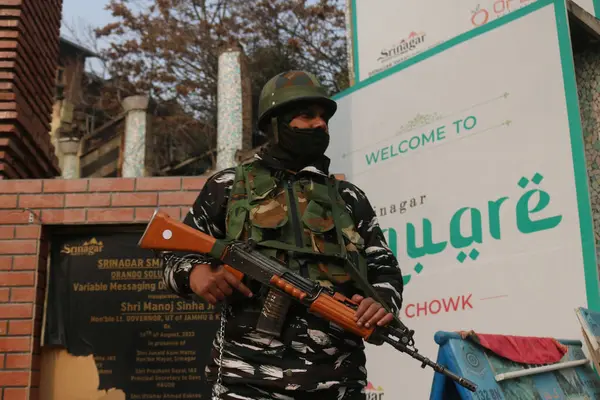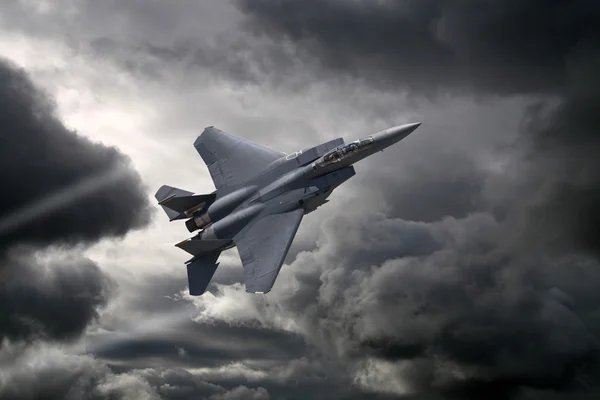Ceasefire Without Closure: India and Pakistan’s Latest Standoff Leaves More Questions Than Answers
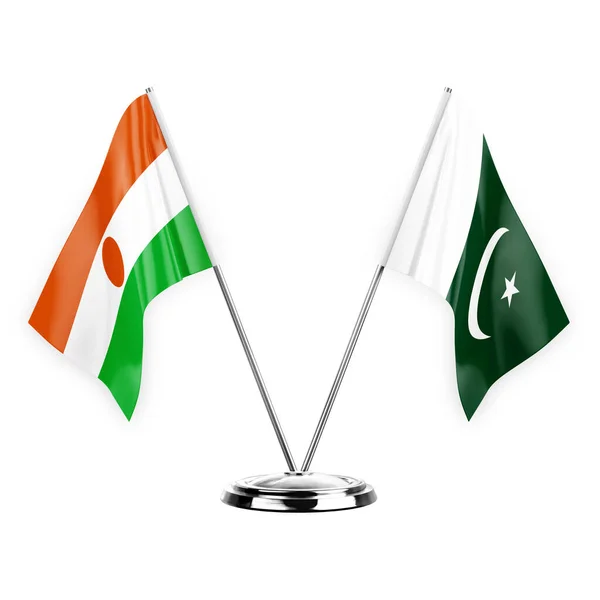
The recent India-Pakistan conflict, brief though it was, unleashed a torrent of nationalistic claims from both sides, each portraying itself as the clear victor. Yet beneath the political bluster lies a more sobering reality. Despite the celebratory headlines and speeches, the cost of this confrontation has been significant, and the underlying issues that sparked it remain unresolved.
Indian defense officials quickly touted their military response as a warning shot to terrorists operating in the region, especially after the deaths of several tourists in Kashmir. Defense Minister Rajnath Singh praised the boldness of the operation, presenting it as a necessary and justifiable action. Indian media echoed these sentiments, displaying headlines like “Pakistan Surrenders,” immediately after the ceasefire was declared.
Over in Pakistan, Prime Minister Shehbaz Sharif was equally vocal in praising his country’s military prowess. Public gatherings erupted in celebration, and effigies of Indian leaders were set ablaze as Sharif declared the response a momentous chapter in Pakistan’s military history. According to Sharif, Pakistani jets shut down Indian firepower within hours, leaving a lasting imprint on regional military narratives.
Claims about downed aircraft became a central point of contention. Pakistan asserts it shot down five Indian fighter jets, including several Rafales, which would be a significant loss for the Indian Air Force. Though two crashes were confirmed in India near the border, and intelligence sources indicated one Rafale was indeed hit, India refused to acknowledge any such losses, prompting widespread speculation.
In retaliation, India released satellite evidence allegedly showing destroyed Pakistani airfields and radar systems. Indian defense officials claim the damage proves the success of their deep-strike capabilities. Pakistan, however, has challenged the validity of these images and insists that no critical assets were harmed in the attacks. This conflicting information fuels the narrative war raging parallel to the actual conflict.
The role of the United States in bringing about the ceasefire has also sparked controversy. President Trump’s announcement on social media caught many off guard, with Secretary of State Marco Rubio and Vice President JD Vance reportedly making urgent calls to both countries’ leaders. While Pakistan acknowledged and appreciated the US intervention, India insisted it was a direct bilateral agreement with no foreign mediation.
India’s stance is shaped by its historical resistance to outside involvement in the Kashmir issue. The region has long been a flashpoint between the two nations, and India considers it an internal matter. Trump's subsequent offer to mediate a long-term solution for Kashmir was welcomed in Islamabad, but Indian officials ignored the suggestion, consistent with their long-standing position.
Despite the temporary halt in fighting, the ceasefire appears more cosmetic than conclusive. With both sides still laying claim to victory and refusing to back down on core issues, the conflict’s underlying tensions remain dangerously intact. Unless meaningful diplomatic efforts are made, the situation in Kashmir will likely continue to trigger flare-ups in this volatile nuclear rivalry.
support us via https://sociabuzz.com/infohit/tribe
What's Your Reaction?









